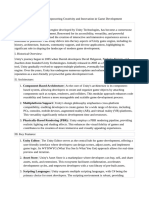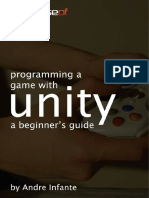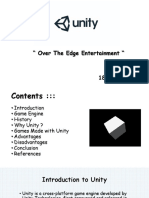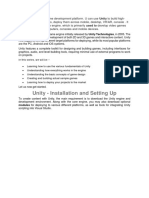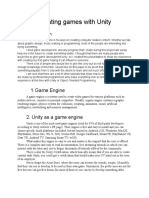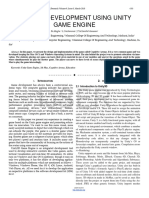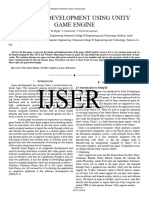0% found this document useful (0 votes)
16 views12 pagesUnity Presentation
Unity is a versatile and beginner-friendly game engine that supports the creation of 2D, 3D, AR, and VR experiences across over 25 platforms. Released in 2005, it has gained popularity for its ease of use and extensive features, including a large Asset Store and community support. Unity is utilized in various industries, including gaming, film, architecture, and automotive, making it a valuable skill for aspiring developers.
Uploaded by
madhursen99Copyright
© © All Rights Reserved
We take content rights seriously. If you suspect this is your content, claim it here.
Available Formats
Download as DOCX, PDF, TXT or read online on Scribd
0% found this document useful (0 votes)
16 views12 pagesUnity Presentation
Unity is a versatile and beginner-friendly game engine that supports the creation of 2D, 3D, AR, and VR experiences across over 25 platforms. Released in 2005, it has gained popularity for its ease of use and extensive features, including a large Asset Store and community support. Unity is utilized in various industries, including gaming, film, architecture, and automotive, making it a valuable skill for aspiring developers.
Uploaded by
madhursen99Copyright
© © All Rights Reserved
We take content rights seriously. If you suspect this is your content, claim it here.
Available Formats
Download as DOCX, PDF, TXT or read online on Scribd
/ 12



